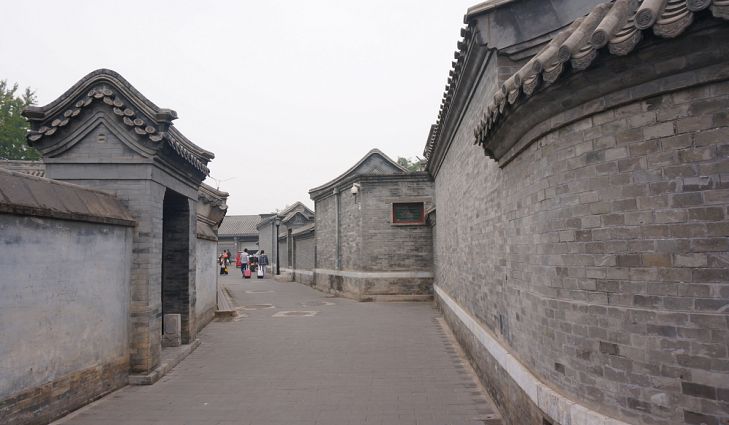General introduction of Hutong
2 min readHutong and siheyuan are the intergral parts of Beijing.Hutong provides a place for people to rehabilitate and breed future generations.
It is Hutong that has witnessed the history of Beijing.Should you feel the urge to get a real understanding of Beijing people and their lives,you shall pay a visit to Hutong and siheyuan.

According to experts,the word Hutong originated from Mongolian language meaning“Well”.In ancient times,people tended to gather and live around wells.So the original meaning of Hutong should be“a place where people gather and live”.
Another explanation says that during about 13th century ofthe Yuan Dynasty,residential areas in the city were divided into many divisions.In the smaller divisions were passageways forpeople to travel through.And those passageways also functioned as isolation belts against fire risks.In Mongolian language passageways of this kind were called Hutong.But no matter what Hutong exactlymeans,one thing is for sure that Hutong first appeared in Beijingduring the Yuan Dynasty.Unfortunately,the old city was completely destroyed during the Yuan-Jin wars.So they had to rebuild it.In oldChina,all the structures and roads were required to be symmetrical.

So the city was well designed.First,they had to find a center and then built a regular square city.The layout of the city was very much like a chessboard.About 50 residential areas were constructed with straight roads and Hutongs in it.At the time,there was a clear definition for avenue,street and Hutong.A 37-metre-wide road was called an avenue,a 18-metre-wide one was called a street and a 9-metre-wide lane was called a Hutong.Most of today’s Hutong were formed during S the Ming and Qing Dynasties that followed.Nobody knows exactly 高how many Hutongs there are in nowadays Beijing.But one thing is for sure if we connected all the Hutongs together.Or to make it clear,it could build a highway from Seattle to Boston all across America!








